Hollywood Celebrity: Edward Steichen’s Vanity Fair Portraits
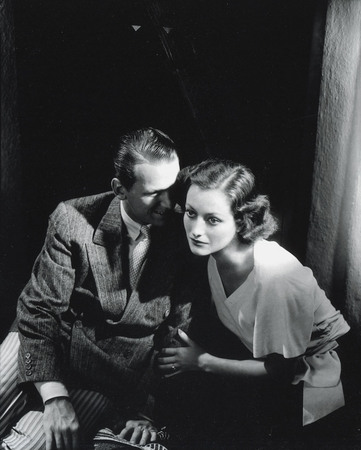
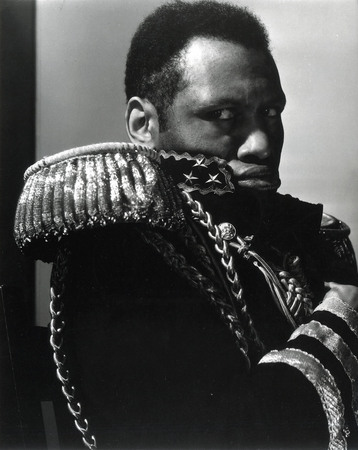
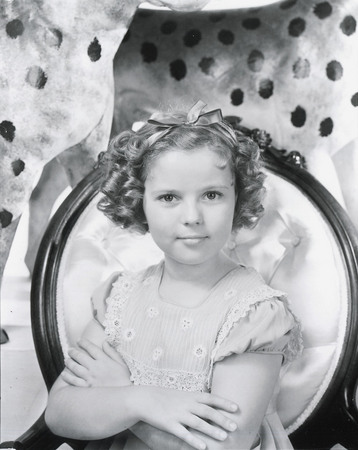

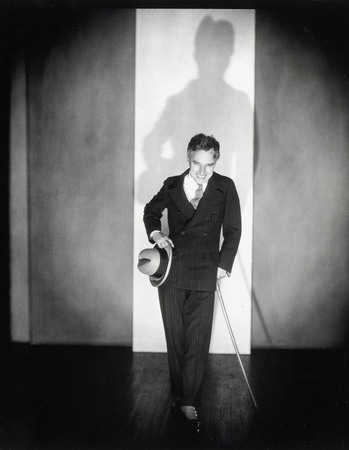
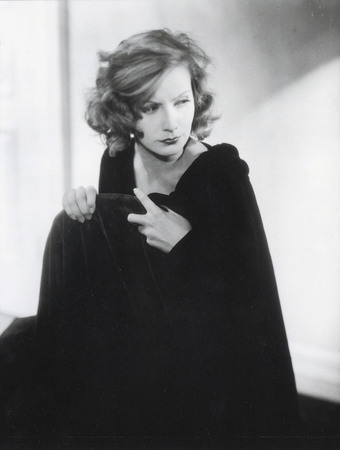
Edward Steichen. Douglas Fairbanks, Jr. and Joan Crawford. 1931. © Joanna T. Steichen. Courtesy George Eastman House
Edward Steichen. Paul Robeson. 1932. © Joanna T. Steichen. Courtesy George Eastman House
Edward Steichen. Shirley Temple. 1938. © Joanna T. Steichen. Courtesy George Eastman House
Edward Steichen. Fred Astaire. 1927. © Joanna T. Steichen. Courtesy George Eastman House
Edward Steichen. Introducing Mr. Charles Spencer Chaplin. 1925. © Joanna T. Steichen. Courtesy George Eastman House
Edward Steichen. Greta Garbo. 1928. © Joanna T. Steichen. Courtesy George Eastman House
Moscow, 17.03.2005—10.04.2005
exhibition is over
Share with friends
Collection Georges Eastman House International Museum of Photography and Film
With the support of the Embassy of the United States of America in Russia
For the press
In 1923, the society magazine Vanity Fair heralded Edward Steichen (American, b. Luxembourg,
More than mere reflections of a single personality, Steichen’s Hollywood portraits were cultural manifestations of the American public’s consuming fascination with celebrity and fame. In the 1920s and 1930s, Hollywood was America’s foremost entertainment industry, its stars the industry’s most potent and alluring product. During this same period, public enthusiasm for moviegoing was established. The Great Depression of the 1930s saw Americans escaping to the dark, fantastic world of the movie theater. With the pictures unspooled on its silver screen, it was a welcome refuge and release from the stark realities of daily life.
In Edward Steichen, Condé Nast knew his magazine was employing a well-versed fine art photographer who also instinctively recognized the power of photography as mass media, who understood its public appeal, its commercial usefulness and persuasiveness when it was artistically enhanced. It was this melding of the commercial with the artistic that contributed to Steichen’s resounding achievement at Vanity Fair. In his Hollywood portraits, he constructed images—auras—of celebrity, glamour, fashion, and style that had no peers. He infused them with theatrical lighting and progressive ideals of design drawn from major art movements of the day, such as the streamlined forms of art deco and the elemental constructions of cubism. In these ways, Steichen released his portraiture from the worn conventions of the past and set it on a modern course. As seen in this exhibition, he magnified the illusion of celebrity to often mythic proportions, creating enduring works that would assume an iconic presence in the minds of the American public, then and now. The photography archive at George Eastman House houses an extensive collection of Edward Steichen’s photographs from Vanity Fair and Vogue. It was bequeathed to the Museum in 1979 by the photographer by the direction of Joanna T. Steichen.
Therese Mulligan,
Curator of Photography — George Eastman House, Rochester, New York


